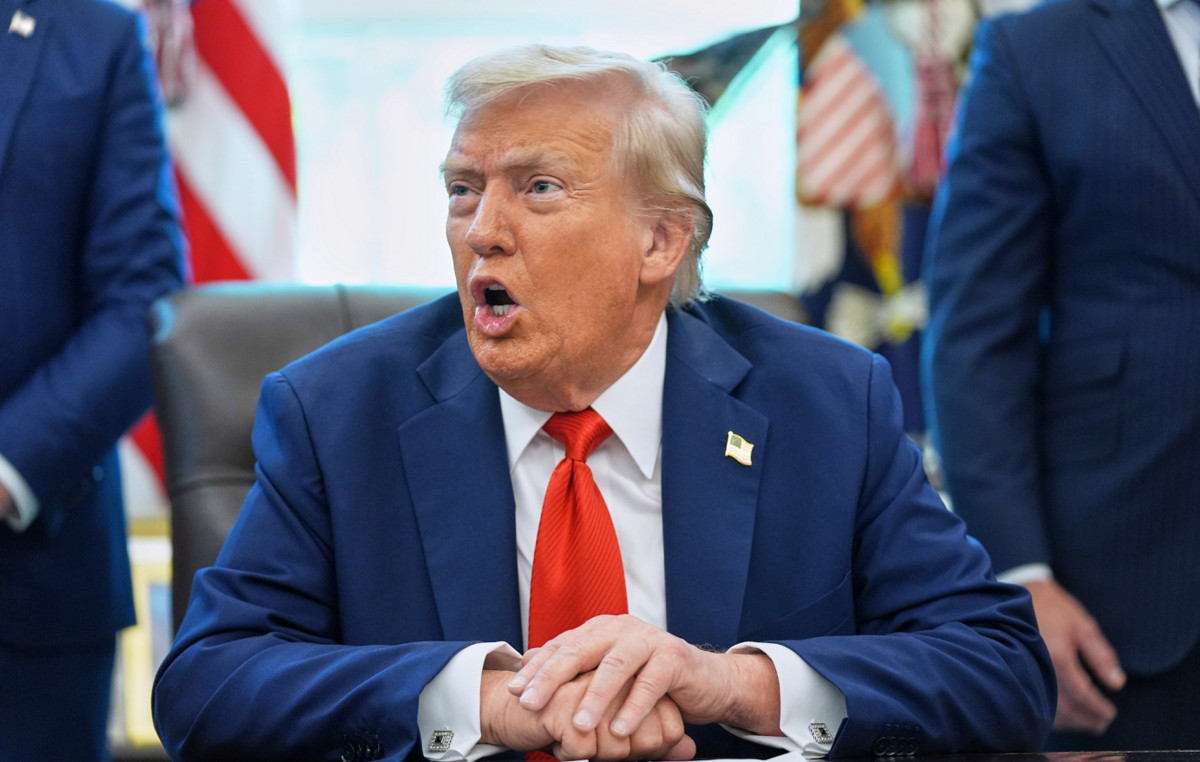The 4.6% growth in Gross Domestic Product (GDP) in 2021 surpassed market expectations, but it was not enough to return GDP per capita to the value before the pandemicaccording to a survey by the Brazilian Institute of Economics (Ibre) at FGV.
GDP per capita is obtained by dividing the nominal result of the year by the total population of the country, serving as a way of measuring the level of income of the population.
In 2021, the indicator was BRL 40,688, registering an increase of 3.9% compared to 2020, when the effects of the pandemic generated a decrease of 4.6%.
As a result, per capita GDP exceeded 2017 and 2018, but not 2019, immediately prior to the pandemic.
Silvia Matos, author of the survey and coordinator of the Ibre/FGV Macroeconomics Bulletin, projects GDP growth in 2022 of 0.6%, and in 2023, of 1.1%.
If the projections are confirmed, the GDP per capita would not only not grow, but also run the risk of falling by 0.1% this year. In 2023, the result would lead to a slight increase of 0.4%.
Combining the two highs, GDP per capita would still not reach the pre-pandemic level two years from now, and would only surpass the 2019 value in 2024, with a projection of growth each year around 2% of GDP and 1.5%. % of per capita, which Matos considers “an optimistic scenario, but possible”.
It is worth noting that, for 2023, there is a risk that economic growth will be even lower, due to “inflation, monetary policy and we do not know who the new government will be”. In 2022, the expectation it’s already stagnation with a scenario of high inflation and interest rates, with possible worsening due to war in ukraine.
The value in 2024 would still be far from the record recorded in 2013, when the GDP per capita was R$ 44,097 considering the values of 2021. According to Matos’ projections, this value would only be surpassed in 2029still considering a growth of 1.5% each year from 2024.
For the economist, the possibility of returning to the value of 2013 in the next government, with a term starting in 2023 and ending in January 2027, is “almost impossible”.
The difficulty is linked to a bad decade for GDP per capita between 2011 and 2020, when there was an average decline of 0.6% per year as a result of the economic crises in 2015 and 2020. It was only the second decade with an average decline per year since that of 1901. With the base low, recovery becomes more difficult.
At percentage levels, the biggest loss was in 2020, with the pandemic, followed by the 4.4% decline in GDP per capita in 2015 and the 4.1% drop in 2016. The highest percentage increase was in 2010, when the indicator rose 6.5%.
With information from Juliana Elias, from CNN Brasil Business
Source: CNN Brasil
I am Sophia william, author of World Stock Market. I have a degree in journalism from the University of Missouri and I have worked as a reporter for several news websites. I have a passion for writing and informing people about the latest news and events happening in the world. I strive to be accurate and unbiased in my reporting, and I hope to provide readers with valuable information that they can use to make informed decisions.







